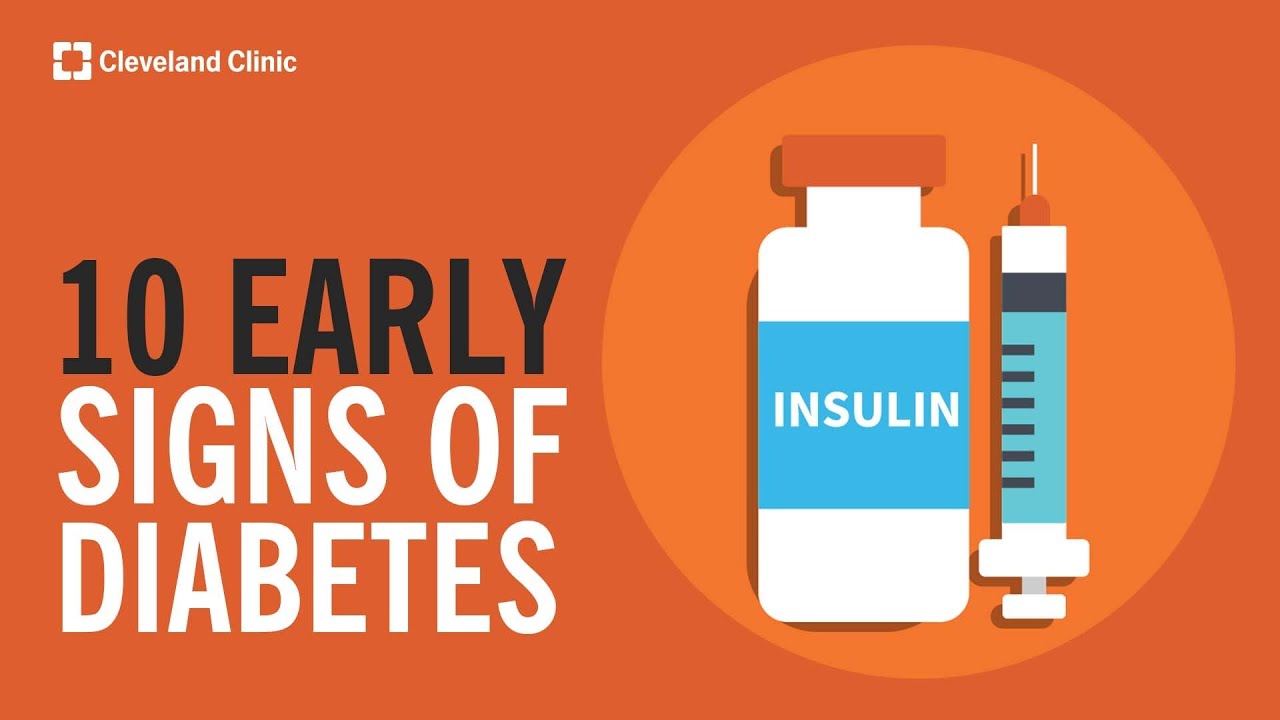Glitazones may raise risk of diabetic macular edema
Reuters Health • The Doctor's Channel Daily Newscast
The current study is not the first to suggest a link between glitazone use and macular edema, but with over 17,000 glitazone users participating, it is the largest.
Conducted at Southern California Kaiser Permanente in Pasadena, the study included about 170,000 individuals with diabetes, study co-authors Drs. Donald S. Fong and Richard Contreras, from Kaiser Permanente, report.
Overall, 143,257 patients received diabetes medications from 2002 to 2006, including 59,013 who had at least one eye exam in 2006. Of these subjects, 17,078 were treated with a glitazone drug, primarily pioglitazone.
A total of 996 new cases of macular edema were diagnosed in 2006, the report indicates.
On initial analysis, glitazone users were 160% more likely to develop macular edema than were non-users. After limiting the analysis to patients who responded to diabetes medication, had an eye exam, and had HgA1c levels of at least 7.0, glitazone use increased the odds of macular edema by 60%.
The findings, the authors conclude, confirm “an association between glitazone use and macular edema. When treating patients with diabetic macular edema, ophthalmologists should consider the role of the glitazone class of drugs.”
Reference:
Am J Ophthalmol 2009.








